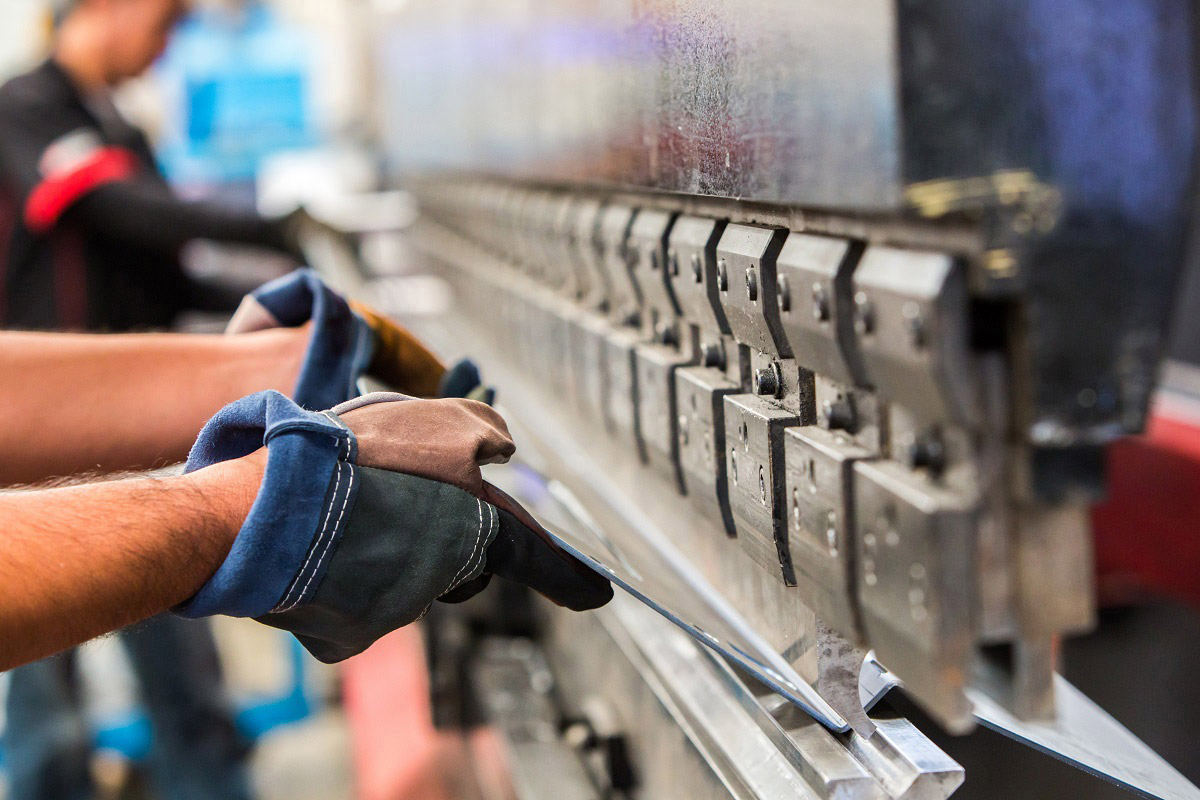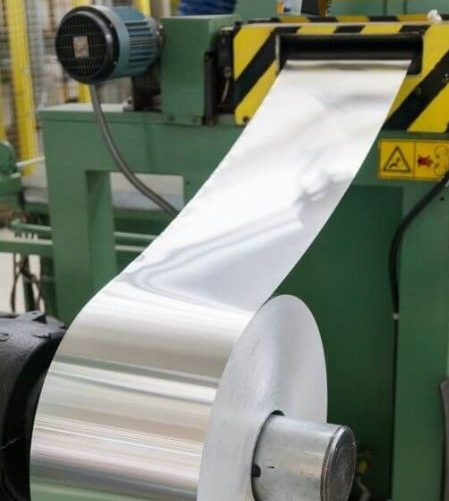Unleashing the Potential of Metal Stamping: Expert Tips and Best Practices Disclosed
In the realm of steel stamping, where precision and effectiveness reign supreme, the mission to maximize processes and unlock concealed potentials is a perpetual search. As we navigate with the intricate globe of metal stamping, a more detailed look at the ins and outs of tooling design, material option, production effectiveness, top quality control, and emerging fads guarantees a prize trove of insights waiting to be uncovered.
Tooling Style Optimization
Maximizing tooling design is important for boosting performance and precision in metal stamping procedures. A well-balanced tooling design can considerably affect the quality and cost-effectiveness of metal marking procedures. By thoroughly taking into consideration factors such as material choice, pass away setup, and component geometry, suppliers can streamline production processes and improve overall product quality.
One secret element of tooling style optimization is selecting the most suitable products for the passes away and punches utilized in the stamping process. Correct die layout can assist avoid issues such as wrinkling, tearing, and excessive springback, leading to greater production yields and reduced scrap prices.
Furthermore, maximizing part geometry with tooling design can aid reduce material waste and manufacturing time. By meticulously forming punches and passes away to match the preferred component specs, producers can achieve tighter resistances and improved component quality. On the whole, investing time and sources in optimizing tooling design can lead to significant lasting benefits for steel stamping procedures.

Product Selection Methods
Purposefully choosing materials for metal stamping tooling is critical for making certain sturdiness and efficiency in producing procedures. When picking products for steel marking applications, several key elements have to be considered. The very first consideration is the kind of product being marked. Different products, such as aluminum, stainless steel, or copper, need specific tooling materials to guarantee ideal efficiency and durability.
An additional crucial element in material option is the predicted manufacturing volume - Metal Stamping. For high-volume production runs, tooling materials with premium wear resistance and toughness, such as device steels or carbide, are frequently preferred to withstand the roughness of constant stamping procedures
In addition, the complexity of the stamping design and the called for accuracy also play a substantial role in product choice. For detailed stamping patterns or limited tolerances, products with high thermal conductivity and outstanding machinability, like beryllium copper or tool steel alloys, might be better to achieve the wanted results.
Production Effectiveness Strategies
To enhance manufacturing output and minimize production costs, implementing efficient strategies in metal marking procedures is critical. Automated steel marking makers can do jobs with precision, consistency, and at a much faster rate than manual labor, leading to increased productivity and reduced cycle times.
Another technique to enhance manufacturing performance is via continuous procedure renovation. Performing regular audits and efficiency analyses can aid identify bottlenecks, inefficiencies, and locations for improvement within the steel marking process. By examining information and comments from these assessments, makers can execute targeted services to improve procedures, rise throughput, and make the most of general effectiveness.
Moreover, embracing lean manufacturing principles, such as 5S method and Kanban systems, can help remove waste, enhance operations, and enhance total performance in steel stamping operations. By fostering a culture of constant improvement and encouraging employees to add ideas for performance gains, makers their explanation can unlock the complete capacity of their steel marking processes.
Quality Assurance Procedures
Building on the foundation of reliable production methods in metal stamping procedures, making sure rigorous quality assurance measures is crucial for maintaining item standards and client complete satisfaction. Quality assurance in steel stamping includes systematic examination, testing, and surveillance of the manufacturing refines to recognize and dig this rectify any type of inconsistencies or defects that might endanger the end product's honesty (Metal Stamping). Carrying out steps such as routine tools maintenance, in-process evaluations, and thorough testing of finished parts can assist find problems early on and avoid expensive rework or item remembers
Along with aggressive quality assurance steps, it is important to develop clear quality standards and specs that align with client demands. Routine audits and evaluations of high quality procedures can aid recognize locations for improvement and make sure uniformity in item high quality. By fostering a culture of high quality awareness amongst workers and supplying ample training on quality assurance procedures, manufacturers can enhance overall product reliability and brand reputation. Inevitably, purchasing durable high quality control determines not only safeguards against problems and non-conformities but also paves the way for continual organization development and customer commitment.

Ingenious Steel Stamping Technologies
Developments in metal stamping technologies have actually changed the production market, improving effectiveness and precision in the production procedure. Servo presses supply unparalleled control over the marking procedure, enabling for modifications in speed, force, and dwell time with remarkable accuracy.

Furthermore, the fostering of additive production techniques in metal marking, such as 3D printing of die parts, has streamlined the tooling layout and manufacturing process. This technique enables better layout adaptability, rapid prototyping, and cost savings in tooling production. By leveraging these ingenious modern technologies, manufacturers can unlock new levels of efficiency, high quality, and competition in the metal stamping industry.
Final Thought
In final thought, the optimization of tooling style, critical product option, reliable production techniques, quality assurance steps, and innovative innovations are crucial for letting loose the full potential of metal stamping. By carrying out these finest methods and skilled pointers, makers can enhance efficiency, boost high quality, and stay competitive in the metal stamping sector. It is crucial for companies to continually assess and improve their processes to achieve success in this area.
As we browse through the intricate globe of steel stamping, a closer look at the details of tooling design, material selection, manufacturing effectiveness, high quality look at this site control, and emerging fads guarantees a treasure chest of insights waiting to be unearthed. A well-balanced tooling layout can substantially affect the quality and cost-effectiveness of steel marking operations.Structure on the foundation of effective manufacturing methods in metal stamping procedures, guaranteeing stringent top quality control steps is important for keeping product standards and consumer contentment. Quality control in metal marking involves organized evaluation, screening, and monitoring of the production processes to determine and correct any kind of variances or defects that can endanger the last product's honesty.In conclusion, the optimization of tooling style, strategic material option, efficient manufacturing strategies, quality control procedures, and innovative innovations are crucial for unleashing the complete potential of metal marking.